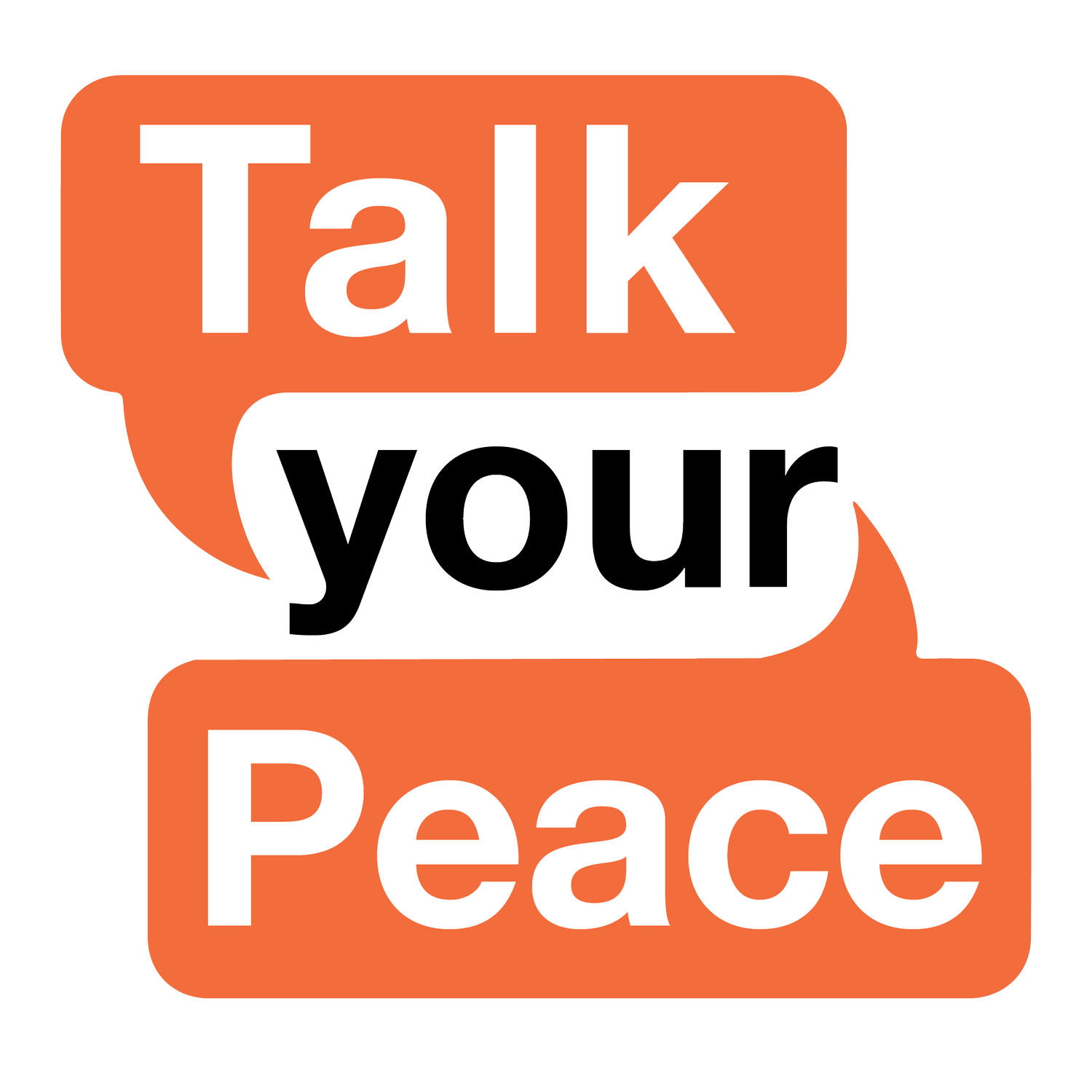Talk Your Peace Blog
In some of my recent work with teams in organisations we have been asking questions like:
How do I want to show up?
How can I bring my best self to the table?
When the conversation gets tricky or I get triggered into a reactive state, how can I take responsibility to identify what’s happened and manage myself so I don’t become an obstacle to the clear decision-making of the team?
In a previous blog, we looked at the idea of self-regulation, and developing an awareness of what state we are in, and then making our choices about how we show up. Let’s look a bit deeper into what is going on in our brains when this happens.
Bruce Perry and Oprah Winfrey have a wonderful description of this in their book What Happened to You? If you imagine a view of the brain as an upside-down triangle, with the pointy bit at the bottom and the long axis along the top.
What happens when there is actual conflict in the room? When there is a potentially difficult conversation coming up for a team, it can be helpful to pre-empt the conversation by reminding team members of the states of arousal, and what strategies we can use if we have to reset even during the meeting.
Discussing these strategies can normalise this process and keep it light.



